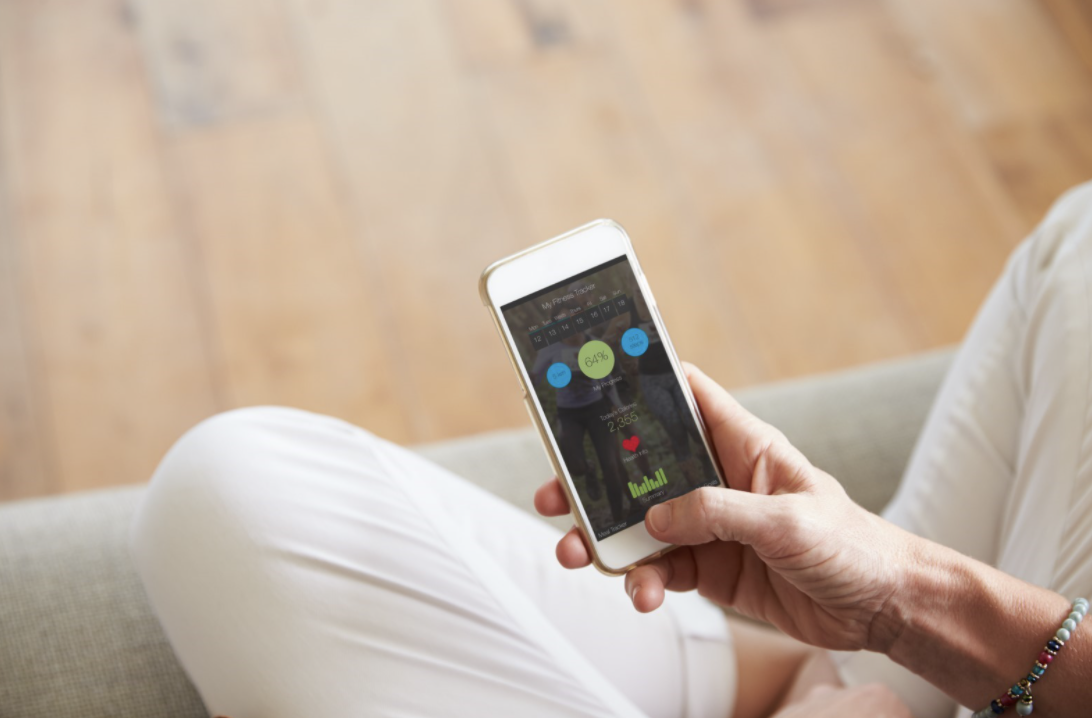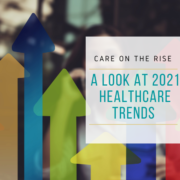Care on the Rise: A Look at 2021 Healthcare Trends
With 2021 now in full swing, there are many healthcare trends to watch out for, as COVID-19 has brought to light many nuances of healthcare, including health disparities and inequity. Fortunately, some of these trends may push healthcare in the right direction as the country re-opens.
Telehealth
Telehealth, or an appointment with a doctor via video or over the phone, became a prominent form of care in 2020 and is continuing into 2021. As doctor’s offices began to shut down and everyone began to work from home, our healthcare visits became virtual. Doctors got an inside look at our personal lives and we got a look into theirs. Visits may have, hopefully, been longer than they were in the office because patients were able to get all of their questions answered and concerns addressed. On a personal note, I enjoyed my telehealth visits with my primary and specialty care doctors. Not only did I feel safer at home (and didn’t have to commute to an office), but I felt heard and fully understood – something I don’t always get in an office setting. I believe telehealth appointments will become an integrated part of healthcare in the future and will be especially helpful for patients with limited healthcare access in their geographic region.
Rise in Clinical Trials
Along with a new virus came a surge in the number of clinical trials to try and treat it, with many more on the horizon. The National Institutes of Health’s website, Combat COVID, has been a vital link between patients and the government, as they look to drive enrollment. More people became aware of clinical trials as a result of the Pfizer, Moderna, and Johnson & Johnson vaccines being pushed through for emergency use, and it became clearer that diversity in these trials still remains an issue. Moreover, the release of the vaccine has brought health disparities to light, including the disbursement of the vaccine to rural areas and the vaccination rates of White people compared to Hispanic and Black people. Of course, other areas of healthcare besides clinical trials have been grappling with these disparities for decades, but it took a pandemic to really shine a light on how we’re still behind and living in the past.

Technology Health Apps
There’s an app for everything, right? No one knows the health app industry than the people who use it the most, including cancer patients. In 2020, people used apps more than ever, with over 200 billion hours spent on apps in April alone. Apps were used to stay healthy in a variety of ways, including meditation and talk therapy apps for mental health as well as fitness apps and YouTube videos for staying fit through activities such as yoga and cardio circuits.
In 2021, the age of “Zoom fatigue,” many healthcare providers are using other apps for telehealth appointments, including Talkspace and Doctor on Demand. Integration with wearable technology, including virtual reality, augmented reality, FitBits, and Apple Watches (with series 4-6 containing an EKG app) is also on the rise. Unfortunately, there’s not one large patient portal that fits all of our doctors…yet. However, there are apps that try to collect a complete picture of our health that are built by using patient-generated health data. What does all of this mean for us as patients with data being collected about every aspect of our health? In my opinion, it’s a scary thought. However, being able to have all of this at my fingertips has actually made my life a lot easier. I’m able to rattle off my list of allergies and even longer list of medications when I visit a new doctor. I’m able to message my doctor via a patient portal through my phone and update him or her about my symptoms. I can tell my specialist about my lab results from a physical with my primary care doctor. As IT advances, apps will continue to populate our devices, collecting more data about us in the hopes of streamlining healthcare and making it more intuitive and efficient. In the age of safety and compliance, it’ll be important to recognize which apps keep our data private and secure.
Carly Flumer is a young woman who was diagnosed with stage I papillary thyroid cancer at the age of 27. She recently received her Master’s degree from Boston University in Health Communication and received her Bachelor’s from George Mason University in Health Administration and Policy. While being diagnosed with the “C” word at such a young age was a surprise, as it would be to anyone, she found strength, support, and inspiration in sharing her cancer journey on social media. As a result of her health outcome, she looks to advocate for other cancer patients through education, research, and health literacy.




